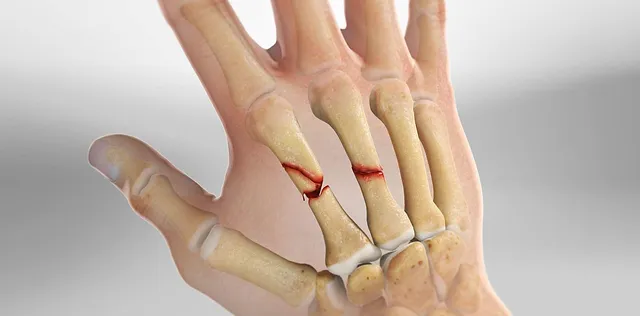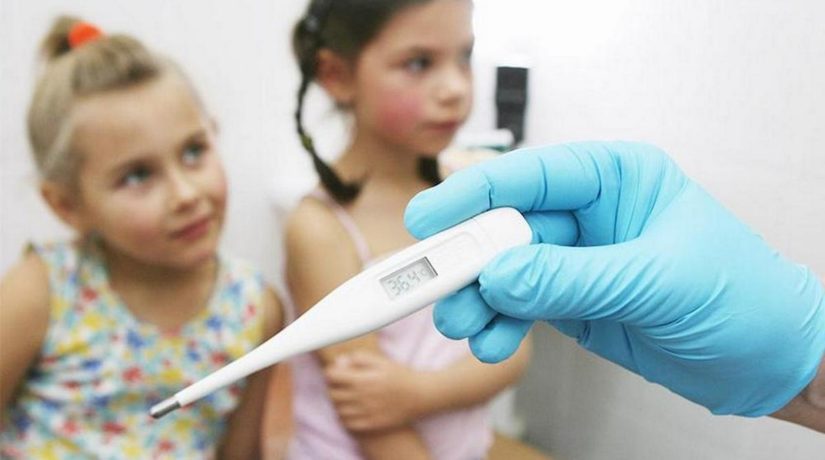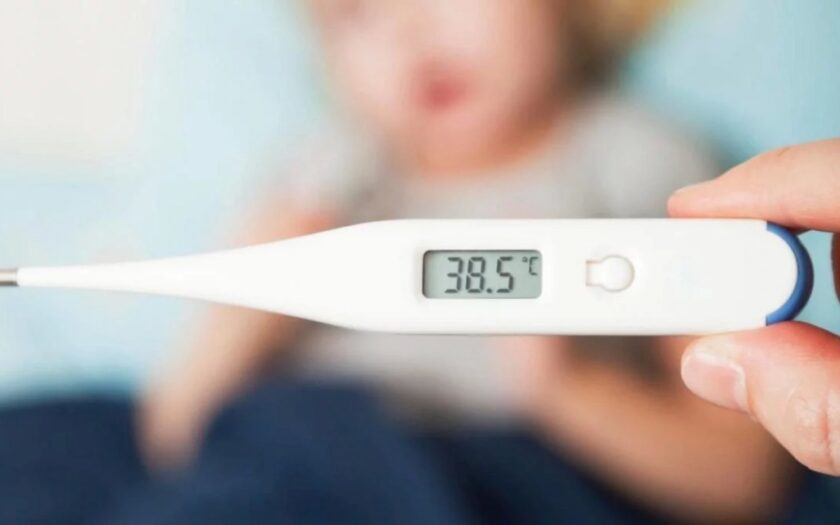What to Do About a Fever (High Temperature)
A fever, or high body temperature, is often the body’s natural response to infection and a sign that the immune system is working. While it can be concerning, most fevers are not harmful and resolve on their own. To manage a fever, ensure the person stays hydrated with water, clear fluids, or electrolyte solutions, and dress them in light, comfortable clothing. Over-the-counter medications like acetaminophen or ibuprofen can help reduce the fever and alleviate discomfort. Rest is essential for recovery. However, if the fever is very high, lasts more than a few days, or is accompanied by severe symptoms, it’s important to seek medical advice promptly.




























